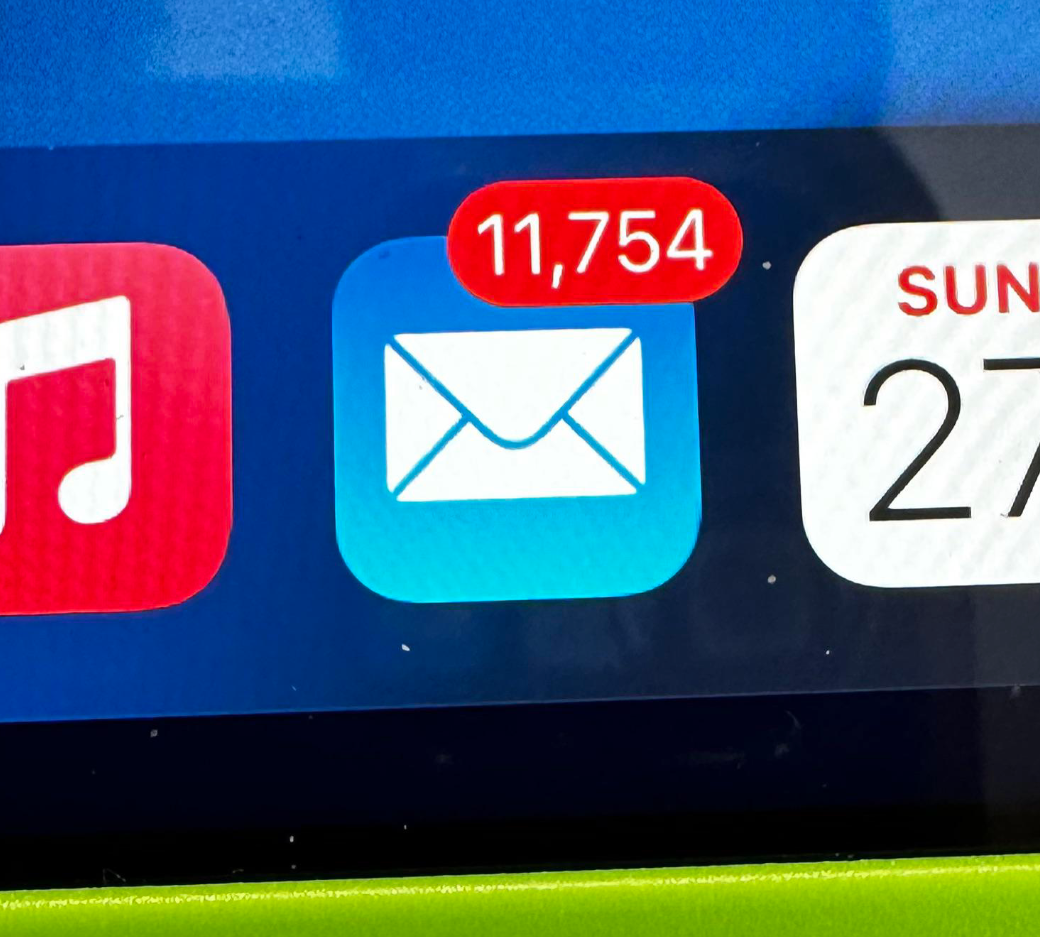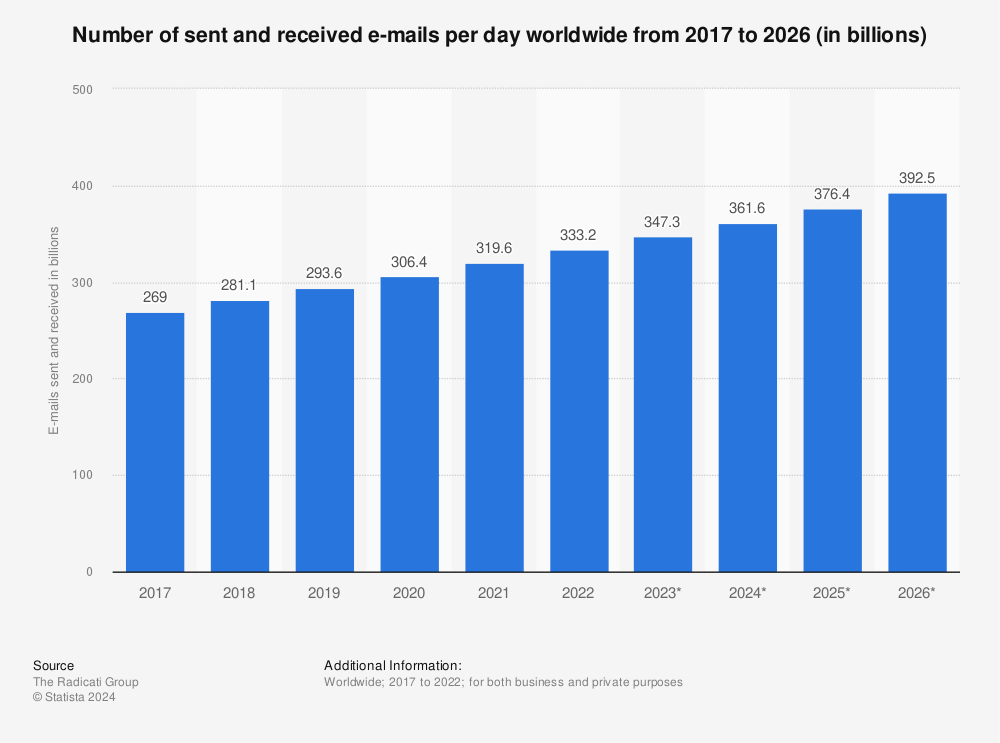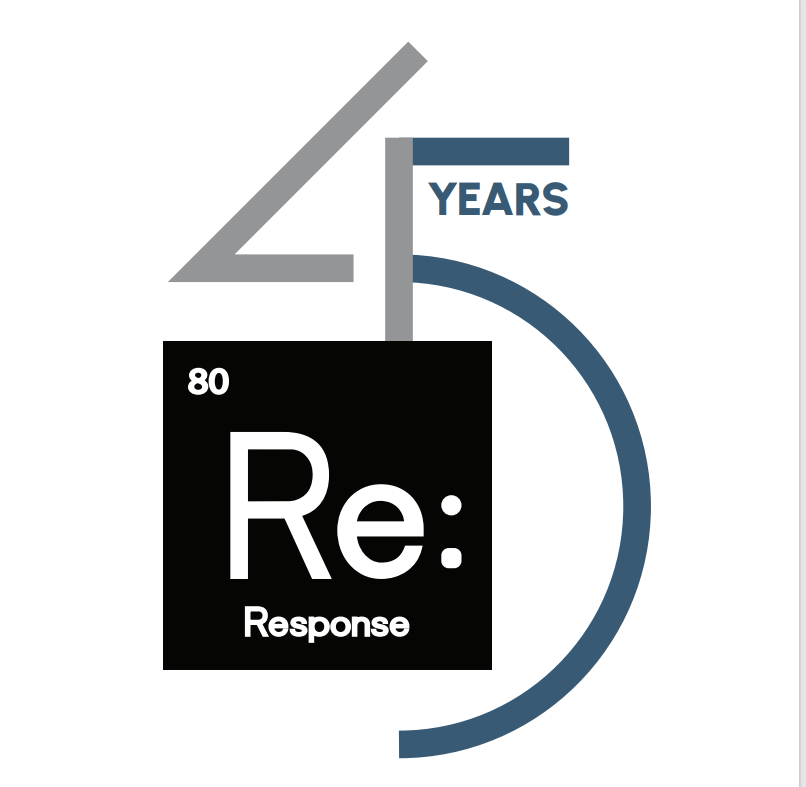Standing Out
For most people, tackling email can be stressful. Getting to Inbox Zero is the modern-day equivalent of the search for the Holy Grail or the Fountain of Youth. For most retailers, tackling email can also be stressful. Inboxes are crowded and extremely competitive. It’s hard to break through. Yet email can drive a retail business upward; it can be the difference between a positive or negative sales week.
Standing out in today’s modern inbox is no easy task, but it is a worthwhile endeavor. One of the critical top-of-mind questions for most retail marketers is, “How many emails should we send?”
The answer: it depends.
Finding the right email rhythm is essential, but figuring out precisely how often to send marketing emails is not always clear or easy. To start, “What’s the best email frequency for retail?” is the wrong question. The real question retailers must ask is, “How can email help maximize revenue?” Email supports retail marketing; it should not be viewed separately from the underlying business. The frequency of email marketing should be based on your customer’s profile and purchase cycle.
All in all, no perfect number of email campaigns exists. The goal is to send enough to get the best and most consistent response from your brand’s consumers. If your brand is optimizing communications and implementing a sound strategy, then you’ll be fine.
“Like most retailers, we don’t know exactly where we will land at the end of it, but our curiosity and willingness to create will be a guide for us.”
The above quote from Jesper Brodin, the CEO of IKEA, is a helpful one to reference for those working on retail email marketing.
As with most email metrics, frequency can be tested and tweaked to get to better results. Again, the goal should be to maximize revenue. A measurement system must be in place to track sales attributed to email. If not, stop reading here and come back only once that’s been done.
Since some retailers need a starting point, here are a few stats:
These numbers are just statistics and can vary greatly based on the nature of your business. The key is to find the sweet spot for getting the most people to see and open your emails without burning out your subscriber list.
Across email marketing frequency research and best practices, one pattern is clear: Increasing email frequency follows a curve of diminishing returns. Even with good content, at some point sending too much email will hurt. The hard part for marketers is the sweet spot varies a great deal between industries and audiences.
When experimenting with increasing email frequency, first set a long-term deliverability strategy. Increasing the number of emails usually increases the overall revenue; however, for each increase, the conversion rate will likely drop. At some point, a decrease in conversion rate (plus the likely rise in unsubscribes) will neutralize the positive impact of more messages, so be careful when testing.
Further, low engagement, spam complaints, and even low open rates are all red flags to email service providers. If your domain reputation falls, email service providers such as Google and Microsoft may put your email in the promotions tab or, even worse, send it directly to spam. The long-term deliverability strategy should set thresholds for each metric to keep you out of the penalty box.
Content Ideas to Enhance Retail Emails
A common mistake retailers make when increasing email frequency is to rely on promotions or sales exclusively. Rather than discount more often, refer to what you know about the customer’s journey as fertile ground for increased content.

Ideas that have been successful for other retailers include product features, customer reviews, customer spotlights, customer photos with your products, recent blog posts, and seasonal content.
Be Mindful of All Your Emails
Automated emails can also effectively increase your conversion rate. They work by emailing specific subscribers based on actions taken, such as viewing a product, signing up for your newsletter, making a purchase, or even being inactive for a certain amount of time.
Basic email flows all retailers should implement:
- Abandon Cart: Sent to users who added an item to cart but left before buying
- Welcome: Series of emails designed to get a new subscriber to convert to a paying customer
- Thank You: Post-purchase series of emails (to drive review or engender loyalty)
- Win Back: Ensure customers don’t go away; target them after a set period of inactivity
(based on purchase frequency, of course)
When setting metrics for email frequency, it’s essential to account for any of the above, too.
A Bonus Tip: Set Clear Expectations
Once you have established a frequency that works based on testing and optimization, it’s best to stick with it. A good practice for retailers is to create an email preference center. Giving customers control of the type of email they want to receive from you will help ensure higher open rates and reduce unsubscribes.
Retailers employing email to support the underlying business have the greatest success. Following the above principles helps ensure the best path to retail sales growth from email.

















